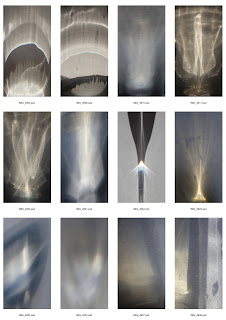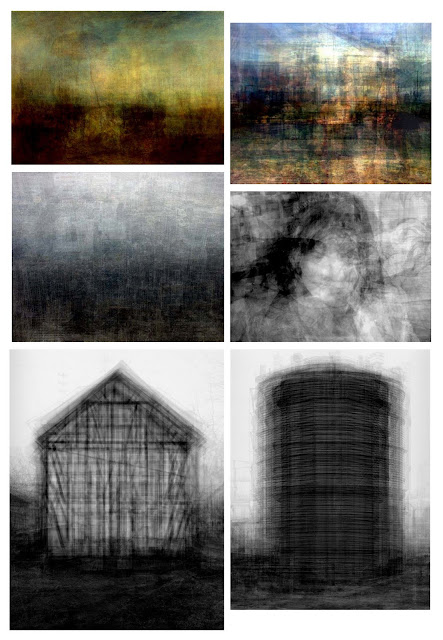In this project my attempt has been to represent the nature of light as an abstract substance occupying its own space.
Usually we don’t recognize light itself, but instead we understand its presence by the surfaces it defines. When light is reflected from surfaces, or shines through transparent materials, our perception of materiality shifts to light itself. Light becomes the visible substance of the metamorphosis between its own invisible self and a surface/material.
During experiments with sun light through glass and water I have investigated the creation of new independent and abstract forms, patterns and ambiguous meanings of light reflections and shadows. What fascinated me the most during this process, was the variety in the character of the light outcome and the possibility of unlimited perceptions of each unique image. I started photographing the light abstractions how they appeared on sheets of cartridge paper, as I almost felt that I was in the position of drawing with light according to the rules of light itself, not yet knowing how the result would appear.
I ended up with a variety of images that inspired in different ways due to their compositions, colours and depth. I found that each of them had an individual quality that could perhaps become stronger if I connected them to a theme. Among glass, waterfalls and vertical compositions, I found that various abstracted landscapes turned out as the strongest thematic series. My logic has been to begin the series with more abstracted parts of landscapes to gradually gain an understanding of composition and textures during a journey through the various landscapes. Still, this is only my personal analyze and understanding of these particular light images as a series –turn them upside down and completely different images will appear.






























